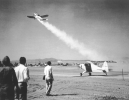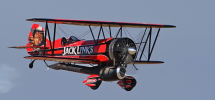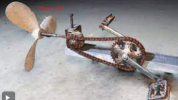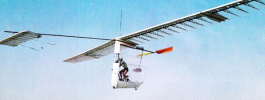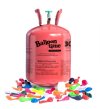AV8R_87
Line Up and Wait
Good questions, but you already got to the right answer for an emergency situation - pull lever, get fixed power, when landing area (hopefully runway) is made, turn it off and land.I can't even imagine the complexity of systems management of this system. You think people won't kill themselves by operating your contraption incorrectly? Is it "pull the knob and it's full throttle until it runs out of fuel? Or are you going to allow for throttle control? Will that control use the same throttle as the primary engine? If so, now you're adding complexity that could cause failure to the primary system. Etc, etc, etc.
I really value your opinions and questions on this, since you have first-hand experience.

